Search
Search Results
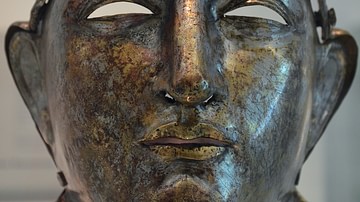
Article
Athletics, Leisure, and Entertainment in Ancient Rome
Although much of ancient Roman life revolved around negotium (work and business), there was also time available for otium (leisure). Ranging from swimming to playing board games to attending theatre performances, athletics and forms of entertainment...
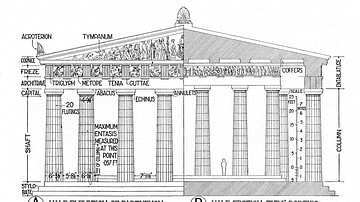
Article
A Visual Glossary of Classical Architecture
Abacus - a large slab placed above the column capital to support the architrave or an arch placed above it. Akroterion - a decorative piece added to the roof of a temple at the apex and corners, usually made of clay or bronze and often...
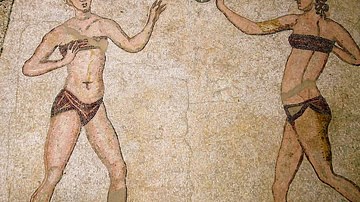
Lesson Pack
Daily Life in Ancient Rome
You will find here five lesson plans including classroom activities, assignments, homework, and keys as well as: Multiple choice quiz questions in an excel format Glossary of keywords and concepts in an excel format Open questions...
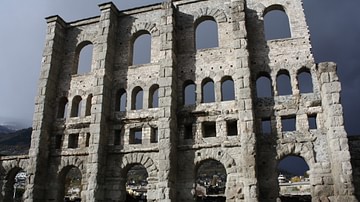
Lesson Pack
Roman Innovations and Architecture
We have prepared two lesson plans including classroom activities, assignments, homework, and keys as well as: Glossary of keywords and concepts in an excel format Open questions adaptable for debates, presentations, and essays Recommended...
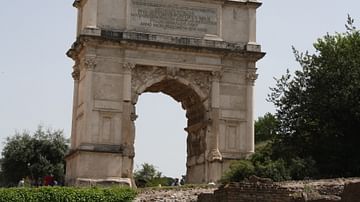
Article
The Arch of Titus, Rome
The Arch of Titus is a Roman Triumphal Arch which was erected by Domitian in c. 81 CE at the foot of the Palatine hill on the Via Sacra in the Forum Romanum, Rome. It commemorates the victories of his father Vespasian and brother Titus in...
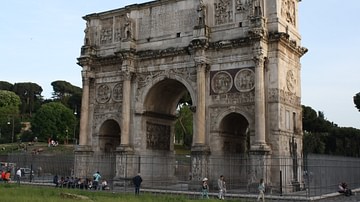
Article
The Arch of Constantine, Rome
The Arch of Constantine I, erected in c. 315 CE, stands in Rome and commemorates Roman Emperor Constantine's victory over the Roman tyrant Maxentius on 28th October 312 CE at the battle of Milvian Bridge in Rome. It is the largest surviving...
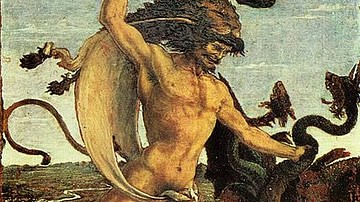
Article
Mythological Re-Enactments in Ancient Roman Spectacle
To this day the ancient Romans remain infamous for their dramatic use of spectacle and other forms of entertainment. A lesser known variation of Roman spectacle is the mythological re-enactments that took place during the ludi meridiani (midday...

Collection
Daily Life in Ancient Rome
The daily life of Roman citizens, at least in the big cities, was anything but dull. Assuming one could get away from one's civic duties and household chores, there were many activities available to distract and entertain. A trip to the baths...
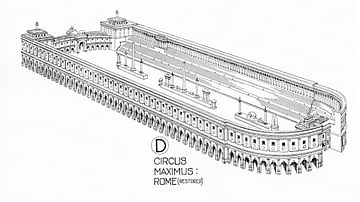
Image
Circus Maximus Reconstruction
An illustration of what the Circus Maximus chariot track of Rome might have looked like. The Circus Maximus dates back to the 6th century BCE but was at its most splendid in the 1st century CE when it had a capacity for 250,000 spectators...
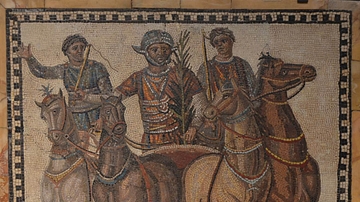
Image
Mosaic with Chariot-racing Scene
Mosaic depicting a quadriga of the factio russata (‘the Reds,’ representing the summer), 3rd century CE, from Rome. (National Archaeological Museum of Spain, Madrid)